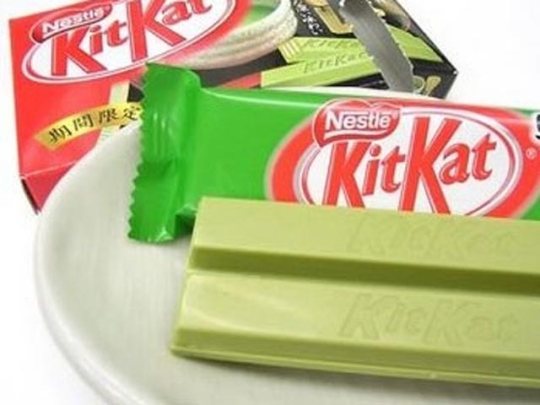Like this post? Help us by sharing it!
 Ardent foodies and brave travelers have a wealth of opportunities to try unusual foods in Japan. From fermented soybeans to tiny fish, Japan offers a wealth of foods that Westerners just can’t find at home.
Ardent foodies and brave travelers have a wealth of opportunities to try unusual foods in Japan. From fermented soybeans to tiny fish, Japan offers a wealth of foods that Westerners just can’t find at home.
Here are InsideJapan’s top 10 Unusual Foods in Japan:
- Natto are fermented soybeans. Their pungent, salty taste and rather slimy texture make them an acquired taste for visitors to Japan. Fans describe the dish of having a flavor akin to a strong cheese.
- Tamagogani are tiny, dried crabs that are munched as a snack just like potato chips. They’re eaten shell and all.
- Basil seed drink looks like a lava lamp when poured in a glass because of the seeds that float in the liquid. It’s sweet and refreshing, if a little slippery.
- Adorable bentos from Japanese takeout places offer artfully arranged food in sectioned boxes. Each one is different, but, sashimi, colorful dyed and molded rice and intricately cut vegetables are among the usual offerings.
- Crazy Kit-Kat flavors. In addition to the usual chocolate flavors, visitors to Japan can sample soy sauce, red bean and green tea flavored Kit-Kats, among dozens of others.
- Basashi is horse meat served sashimi style, often with onions and soy sauce. It’s a popular dish in bars in many regions of Japan. Those who enjoy beef carpaccio at home might like this unusual Japanese dish.
- Namako is sea cucumber. It’s a popular New Year’s food, and is served raw and sliced very thin.
- Chirimenjako are immature fish that are served whole, eyes and all. They are about the size of shreds of coconut and are commonly served with beer.
- Torafugu is, of course, the famous fugu fish. It’s a white fish, usually served as sashimi. Experts say that fugu should only be ordered from restaurants with trained, certified chefs, as the dish contains a deadly toxin if prepared incorrectly.
- Ikura is the Japanese name for the red, translucent eggs of salmon. While it is most often seen as a sushi topping, in Japan it is also served on its own over rice. Those who like caviar should give it a try.


